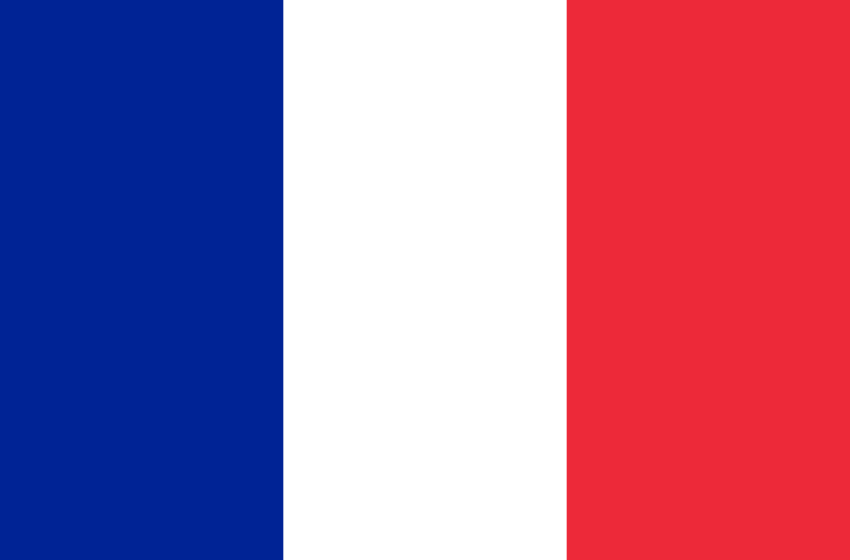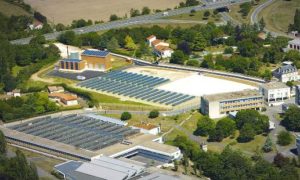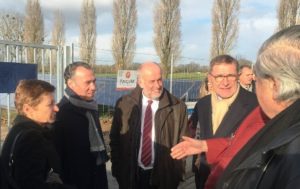France: National Conference Debates Solar Thermal Future
October 6, 2013
The July 2013 report of the Court of Auditors shows that solar thermal technology is considered too inefficient and too expensive in comparison with other renewable technologies. The chart on the left, which has been taken from the study, depicts that 25 % of public renewable funding in the last seven years was spent on solar thermal and solar photovoltaics, whereas the supported systems only produced 1.6% of the total renewable heat and electricity in 2011. Solarthermalworld.org spoke with Paul Kaaijk, responsible for solar thermal within the national subsidy scheme Fonds Chaleur at ADEME, about the current situation of the French solar thermal market.
Kaaijk confirmed that ADEME shares the worries of the Cour des Comptes. The French agency commissioned a study on the competitiveness of solar thermal, which was carried out between October 2012 and June 2013 by international consultancy Ernst & Young together with French engineering company Tecsol. The results will be published in October and discussed at a conference on 11 October 2013 with stakeholders – organised by ADEME. “The major goal is to improve the attractiveness of solar thermal compared to other technologies, both renewable and non-renewable,” Kaaijk says. “The competitiveness report shows that prices have to go down and that the quality of the systems has to go up.” The following table shows that the opposite is true as far as costs are concerned. Material prices are back to the level of 2005 after a peak in 2010; however, system prices are 12 % higher than in 2005.
| 2005 | 2010 | 2011 | 2012 | Evolution 2005-2012 |
|
| Price for material (EUR/m²) |
1,055 € | 1,200 € | 1,170 € | 1,065 € | 0 € |
| Price for installation [EUR/m²] |
255 € | 270 € | 265 € | 265 € | 4% |
| Total system price [EUR/m²] |
1,170 € | 1,485 € | 1,415 € | 1,315 € | 12% |
Average net prices for residential systems per m2 of collector area. The installation does not include roof integration.
Source: ObservER, see the attached presentation
The lack of competitiveness is reflected in the performance of the national subsidy scheme Fonds Chaleur. Solar thermal systems for multi-family buildings undergoing renovation are losing momentum, according to the ADEME statistic provided by Kaaijk in the following table. In the current year, it is likely that there will be less subsidised solar thermal projects than there had been in the first year in 2009. As a consequence, the relative part of the annual budget of the Fonds Chaleur spent on solar thermal systems decreased from 7.9 % in 2009 to 4.6 % in 2012. The estimations for 2013 were made in August and Kaaijk assumes they will not differ much from the actual figures.
|
Number of |
Collector |
Average |
Subsidies |
Grant/m² |
Share in |
|
| 2009 |
171 |
20,200 m² |
118 m² |
12.7 |
629 |
7.9 % |
| 2010 |
404 |
32,435 m² |
80 m2 |
19.3 |
595 |
7.5 % |
| 2011 |
456 |
31,700 m² |
70 m² |
16.5 |
521 |
6.9 % |
| 2012 |
224 |
18,100 m² |
81 m² |
10 |
552 |
4.6 % |
| 2013 est.* |
150* |
12,000 m²* |
80 m²* |
|
|
|
Statistic of French support scheme Fonds Chaleur between 2008 and 2012.
*The figures for 2013 are estimates.
This text was written by Vladislava Adamenkova, a Czech student of International Business Studies in Vienna, Austria.
More information:
http://www.ademe.fr


